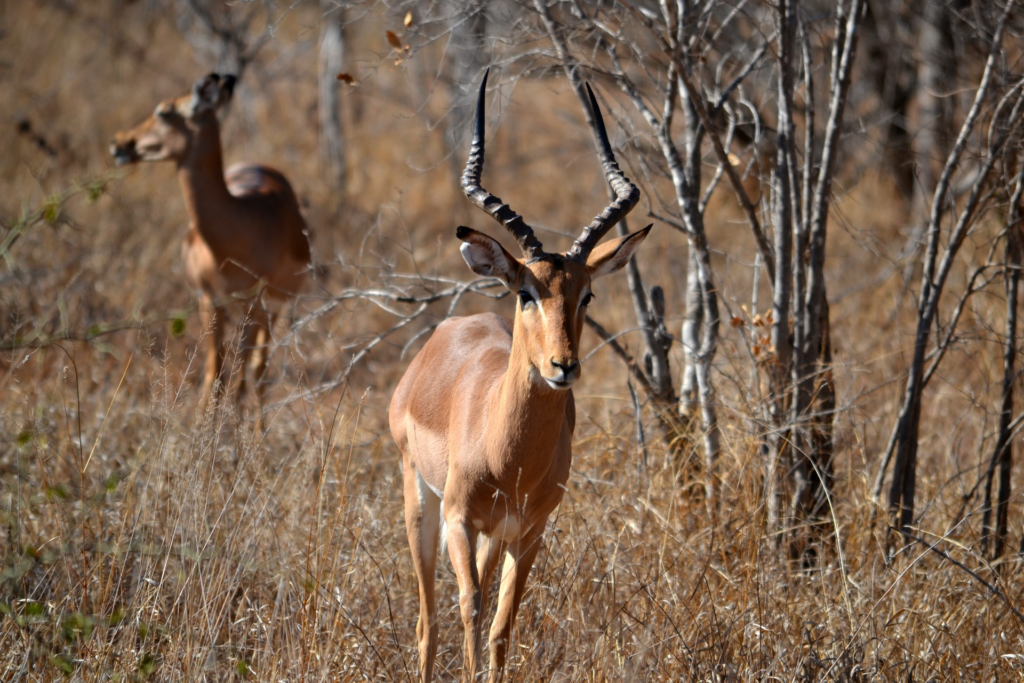(par 3.11.2) Understanding carrying capacity and stocking rates in grazing systems

https://www.business.qld.gov.au/industry/agriculture/crop-growing/grazing-and-pasture-management/improved-production/carrying-capacity-stocking-rates Long-term carrying capacity Long-term carrying capacity is the average number of animals that a grazing area can be expected to support over a set period (e.g. 10+ years). To assess long-term carrying capacity, consider: areas and condition of land types on the property climate evenness of grazing (including preference of land type, plant species, […]
(par 3.11.1) Tourism carrying capacity (taken from wikipedia)

rom Wikipedia, the free encyclopedia https://en.wikipedia.org/wiki/Main_Page Tourism carrying capacity is a now antiquated approach to managing visitors in protected areas and national parks which evolved out of the fields of range, habitat and wildlife management. In these fields, managers attempted to determine the largest population of a particular species that could be supported by a habitat […]
(par 3.11 ) Carrying capacity and the Comprehensive Plan: Establishing and defending limits to Growth

https://www.bc.edu/content/dam/files/schools/law/lawreviews/journals/bcealr/28_4/06_TXT.htm Jonathan Douglas Witten Abstract: Natural and built resources have finite capacities for assimilating growth and associated impacts. The use of analytical tools such as carrying capacity analyses is recommended to assess the cumulative impact of land development upon these resources. Once carrying capacity thresholds have been established, local governments should apply appropriate regulatory controls to […]
